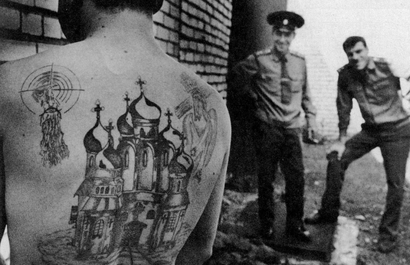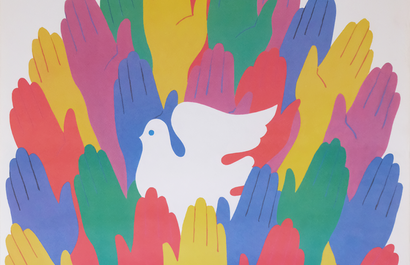The Fraternal Kiss - Behind the Famous Photo

Men locking lips in public is a rare site today in Putin’s homophobic Russia. But, it was once a gesture that symbolised the height of fraternal friendship. The socialist fraternal kiss was a special form of greeting between the leaders of Communist countries. The act demonstrated the special connection that exists between socialist countries, consisting of an embrace and a mutual kiss to the cheeks or in rarer cases to the mouth.
Close attention was paid as to whether the fraternal embrace occurred in meetings between Communist leaders. Its omission indicated a lower level of relations between two countries. After the Sino-Soviet split in the 1960s, Chinese officials refused to embrace their Soviet counterparts. Even when relations were normalised more than two decades later, Chinese protocol still insisted on “handshake, no embrace”. Chinese officials would refuse the fraternal embrace when greeting Soviet leaders, even as they exchanged it with leaders from other Communist countries.

The Famous Kiss
The socialist fraternal kiss gained worldwide attention in 1979 when Erich Honecker and Leonid Brezhnev, the leaders of the German Democratic Republic of East Germany and the USSR were photographed embracing for the 30th anniversary of founding of the East German Republic. Photographer Regis Bossu photographed the moment both leaders kissed on the lips. That picture became known as “The Kiss” by press and magazines around the world. Happy Valentine's Day comrades! Browse a few of my favourite love themed posters below.






